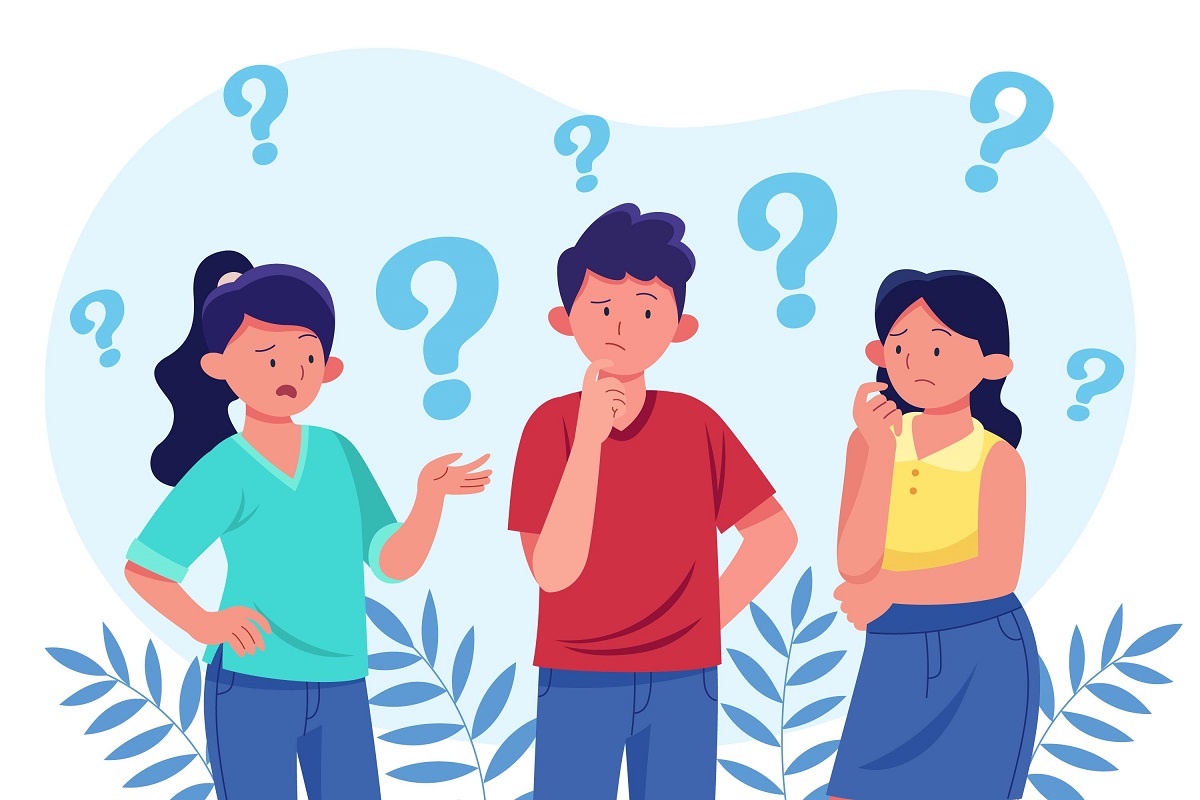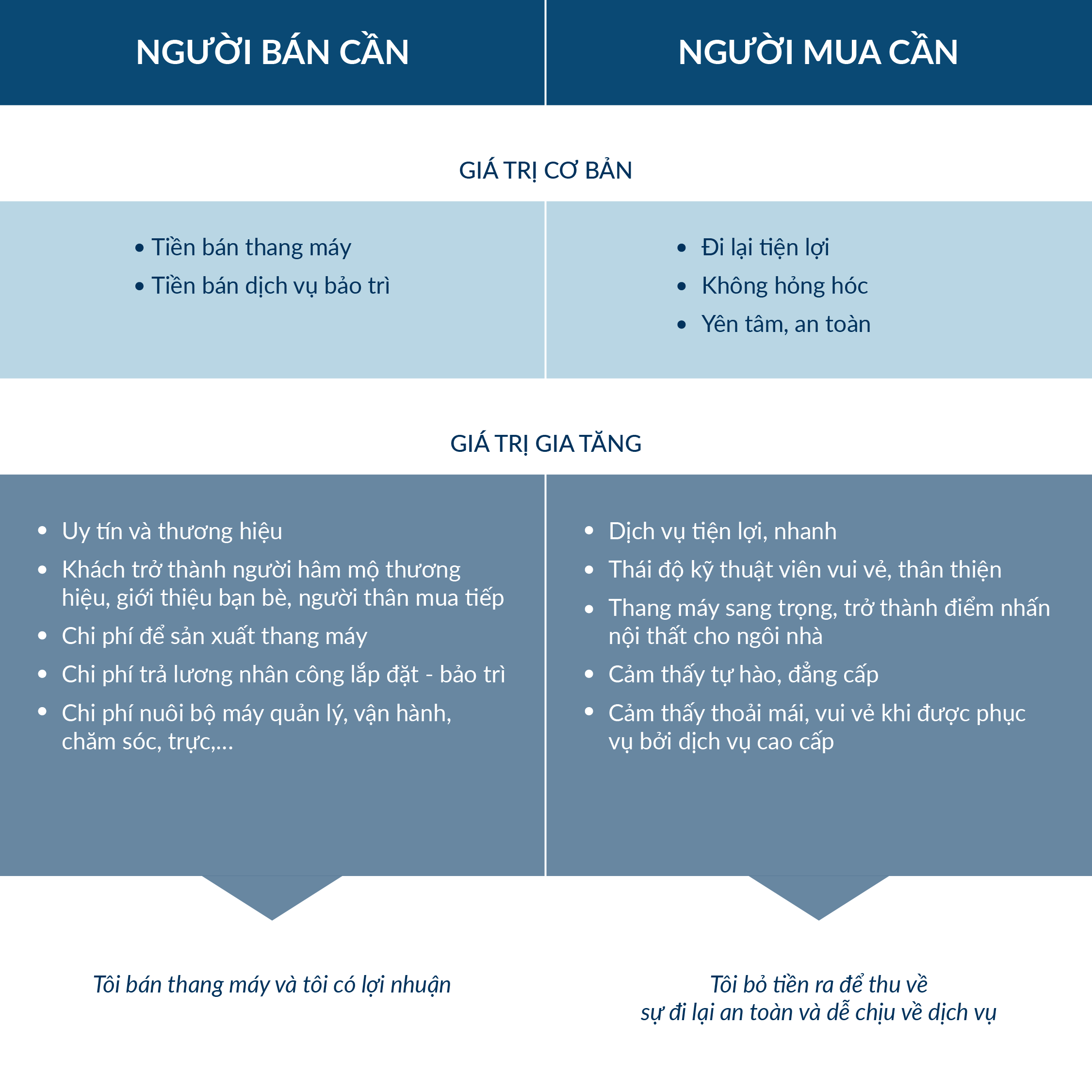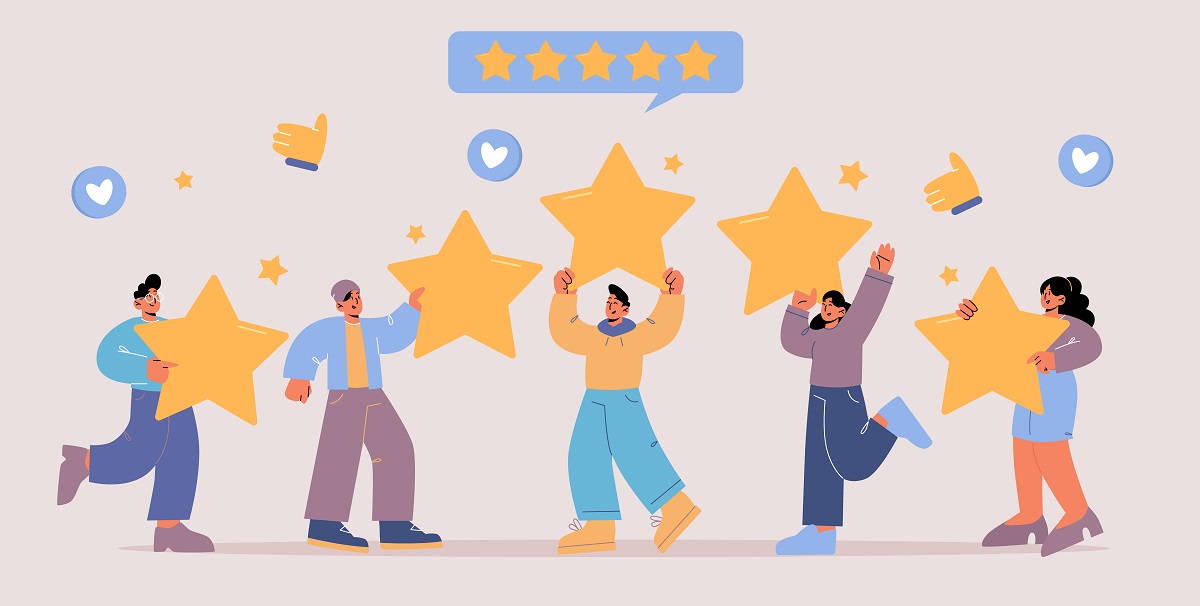EM – The traditional concept we often think is that with the same product same function, the product with less money is cheap, and the product with more money is expensive. However, the economic paradox asserts that expensive or cheap does not depend on price – the amount of money that consumers have to spend. Is that true?

Psychology of shopping behavior: Choose the one that cost least?
Mothers and children going to the supermarket, the mother goes to all the shampoo stalls and chooses the lowest price to put in the cart. Immediately, the daughter took that shampoo bottle and put back to the stall and looked for higher prices there, read information about ingredients and uses, and then made a choice. The mother repeatedly dissuaded her child: “That kind of stuff is expensive, don’t take it!”
Explaining the above situation, perhaps the mother and daughter, when faced with the decision to choose a product, had two different way of analysis as below:
Thoughts of the mother: Any product that costs less is cheap, we should choose.
Daughter’s thoughts: Why is this product more expensive than others? Surely this product has better quality. From there, it leads to a thorough research and decision to choose the quality products that are suitable for the needs of use.
In this situation, there is no right or wrong person, just the selection criteria for the product of two objects – which can represent two different generations of thinking. A person with the criterion of the lowest price is the best, saving money is the immediate benefit, then she will scold her children as “wasting money”. And a person who takes the quality criteria along with the concept of “you get what you pay for” to choose products, from which there will be a more specific study and analysis of benefits – harms.
There is no absolute right or wrong here, just the two people’s perspectives when approaching a product are different. But this difference has shown a change in psychology of shopping behavior, consumers have gradually switched from the criterion of “less money is cheap” to smart thinking, that is, buying products and services that meet the needs of consumers and then consider the price.
Expensive or cheap: which metric is correct?
There will be people who, because of their limited budget, have to accept products with less money, then if they have problems during use, they will also chuck because they have made the right choice: affordable.
However, there are also many people who have enough money, just confused by the chaotic and non-transparent advertising information in the market. Especially for products with technical characteristics, most consumers are not knowledgeable about the product. Taking advantage of this, the seller convinces the buyer by emphasizing the difference in price and ambiguity about the risks or the difference in features and uses. This further adds to the belief in the expensive-cheap concept depending on the price of the product.
But from the point of view of economists, this is not the case. Expensive is when the product or service does not make the buyer feel worth the money he has spent. On the contrary, despite the large amount of money spent, the products and services they receive are very satisfied, very pleasant and they want to continue to use if they can, it is called cheap.
Thus, expensive or cheap is due to the opinion of the buyer or seller, not the traditional measurement concept: more money is expensive, less money is cheap. Thereby, let’s try to analyze what buyers and sellers need, see how in the example of an elevator sale:

When a lot of money is spent but the buyer receives safe travel, good service, reliability, comfort, etc., it is called cheap. But if the amount of money spent is less, but the elevator is always malfunctioning, customer always have to call technical support, frustrated, worried, … even having problems, accidents, it is called too expensive.
On the contrary, if the seller provides a service or product with a large amount of money but good product, dedicated service, dedicated to always serving customers, it can be said that they have provided a cheap product.
Value brought from a product
Back to the example of mother and daughter buying shampoo above. If the shampoo product has the desired effect (such as treating dandruff, treating itching, treating fungus, stimulating hair growth,…) and has a clear origin, no harmful substances, etc. Having to pay more money is still worth it, is still cheap. And if the mother just wants a low-priced shampoo product but has the potential to contain banned substances that cause hair loss and cancer, then obviously we have to pay the expensive price for the consequences.

Customers do not buy products but buy the value or benefits of products and services they need, so expensive or cheap is the balance between the money spent and the benefits received.
Buying any product, we not only get value from the initial investment performance, but also need to look at the “hidden” values. An orange you buy today can affect your health ten years from now if it is laced with toxic substances. The same for buying an elevator. The cabin of an elevator of several hundred million VND can also be fully and beautifully decorated like an elevator of several billion.. However, in fact, the “deciding” part that makes an elevator more or less expensive is mainly in the technical part, it is the factors of technology, safety features, risk prevention, rescue. … determines the price of an elevator more or less – but also the part that most consumers do not have the ability to evaluate and judge.. This “reducing features” sounds like a reduction of a few unimportant functions, or even not mentioned by the seller to the extent necessary but has a great impact on the later use process.

Buying an elevator is like looking at an iceberg, the hidden values are the things that have a great influence on the later use.
Therefore, we cannot just look at the initial return on investment, buy a shirt just to wear it, buy an elevator just to go. We need to see the “hidden” values behind, the sustainable values that we receive when using the product for a long time. It’s durable, it’s safe, it’s secure, it’s the after-sale service that makes us satisfied. Only when we look at the journey with the product broadly can we make the right choice for our wishes, choose the correct product and the business that provides the right product. Then we no longer look at the price of a product, but at the real value, the sustainable value of that product.
The value of a product is like an iceberg: whether it is expensive or cheap, we must consider both the sinking and the floating to decide./.
Luu Hien Minh



